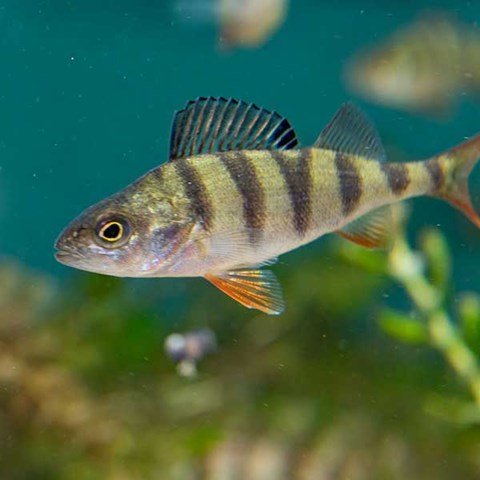Warmer water and less ice, but also fewer seals and more perch. These are some of the climate effects that we may see more of in the future.
About a hundred researchers have contributed to a summary of the knowledge on how climate change affects the Baltic Sea, and what we can expect to see in the future.
- The water temperature in the Baltic Sea is already higher than a hundred years ago, and it is expected to rise even more in the future.
- The coverage of ice, and also the length of the ice season, has concurrently decreased. This development is expected to continue in the future with even less ice coverage and shorter ice season.
- Sea levels are expected to rise, despite the land uplift.
- Precipitation is expected to increase, at least in the northern parts of the Baltic Sea.
The marine life will also be affected.
- Spring and summer spawning fish species as perch, carp fishes and pike can benefit from rising water temperatures, while autumn spawning species such as salmonids can be disadvantaged.
- A decreasing ice cover can have a negative effect on ringed seals, as they give birth to their young on the ice.
- Higher temperatures and milder winters can benefit some of the alien species that have entered the Baltic Sea with ship traffic, such as zebra mussel and round goby.
Climate change will also affect the goods, benefit and services that we as humans receive from the Baltic Sea, such as fishing, tourism and maritime transport.
